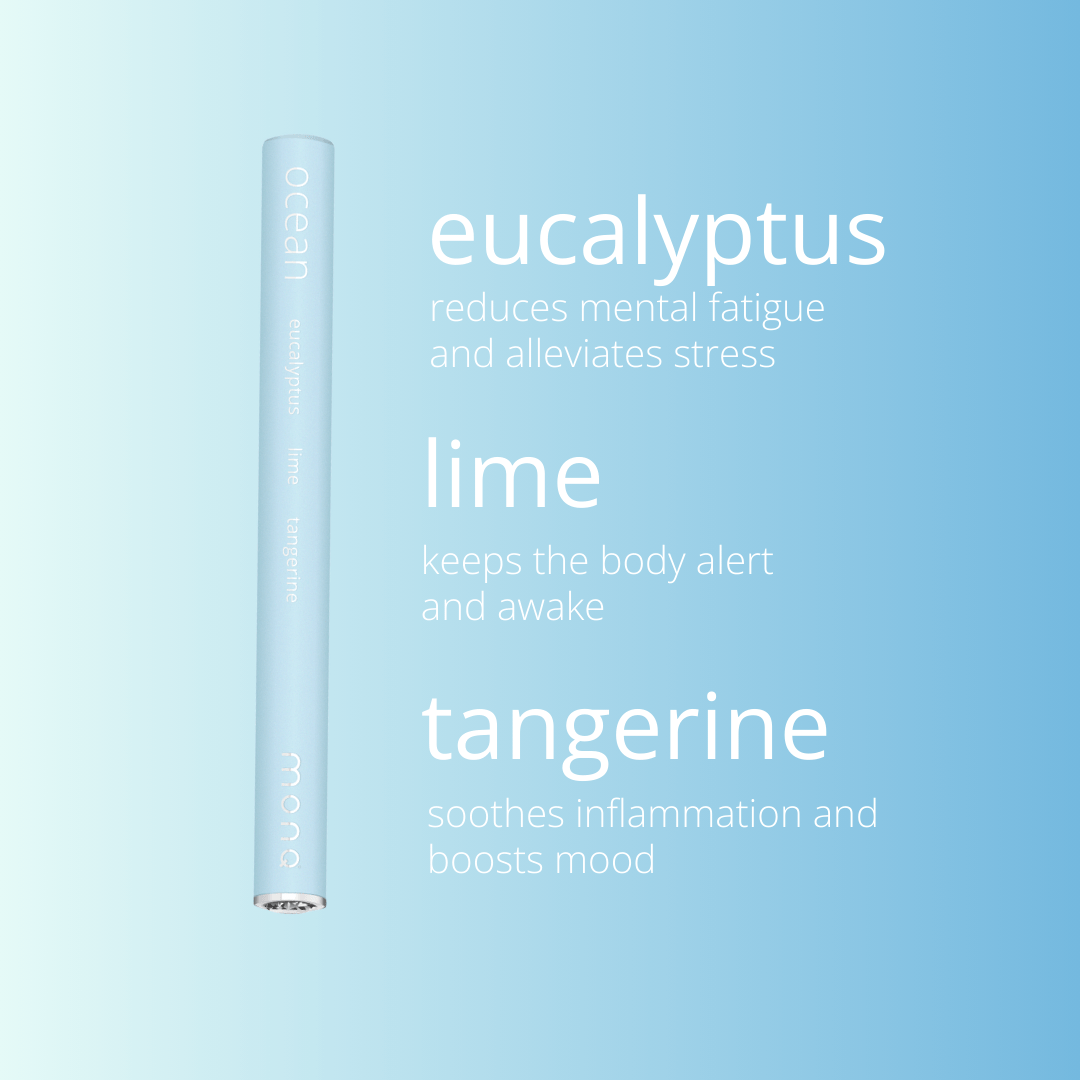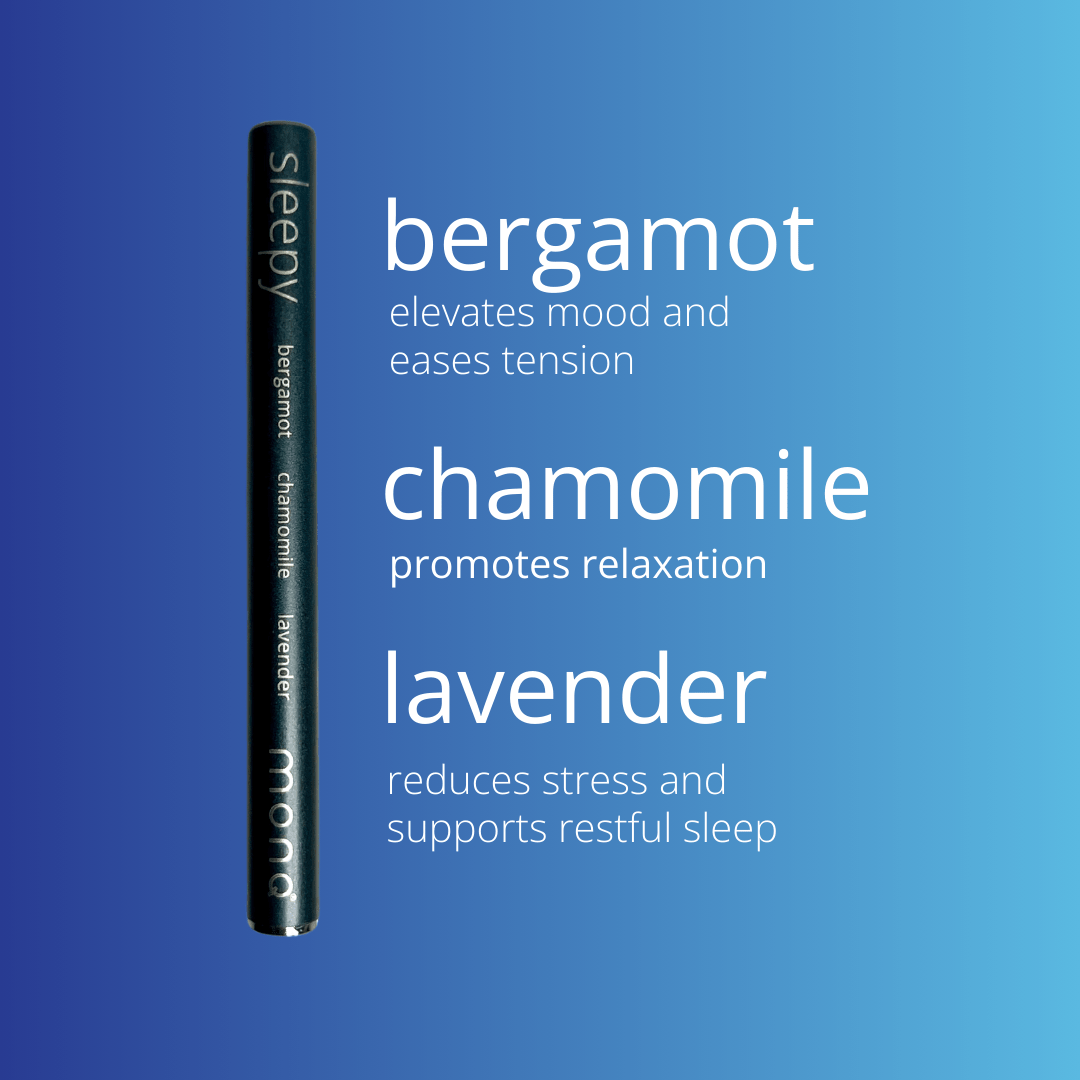Neral: The Captivating Scent of Citrus

Neral, with its vibrant, lemony aroma, might just be the essence of summer. This clear, amber-hued liquid, an isomer of citral, effortlessly conjures up images of sun-drenched citrus groves, even though the lemon itself isn't its primary source.
But what is an isomer? Imagine twins with slight differences. The citral family has two such twins: geranial and neral. Although almost identical in structure, with just a minuscule variation in a carbon bond, they're distinct in scent. Geranial has a strong, piercing citrus aroma, while neral woos with a sweeter, more delicate touch.
This subtle distinction makes neral a darling of the fragrance world. Perfumers and soapmakers are enamored with its gentle allure. Even in the culinary world, a dash of neral can give desserts and beverages that elusive citrus twist.
Now, if you're looking for the most potent sources of neral, bypass the lemon. Instead, take a stroll through fields of lemongrass, lemon myrtle, and the charmingly named litsea cubeba. From the delicate petals of petitgrain and lemon verbena to the aromatic leaves of lemon tea tree and Melissa, neral leaves its fragrant footprint. It's even found playing hide and seek in the zest of limes and oranges.
On a molecular level, neral dances to the tune of aldehydes, a group recognized for their wide-ranging properties. Aldehydes are like versatile actors, playing various roles from being uplifting to being grounding.
Why Neral Takes Center Stage
In the bustling world of essential oils, neral emerges as a luminary. Here's why:
Unraveling Neral's Secrets
Thinking of incorporating neral into your daily rituals? Try a diffuser filled with neral-rich essential oils like MONQ Ocean, or perhaps a calming massage blend. Regardless of how you use it, neral is sure to enchant with its citrus serenade.
Key Details about Neral:
- Classification: Monoterpene aldehyde
- Chemical Formula: C10H16O
- Other Names: Cis-Citral, Citral b, Beta-Citral, (Z)-Citral
- Molar Mass: 152.237 g/mol
- Boiling Point: 229° C (444°F)
- Melting Point: <-10°C (<50°F)
Dive deep into the aromatic world of neral, and let its zesty embrace whisk you away!









Leave a comment